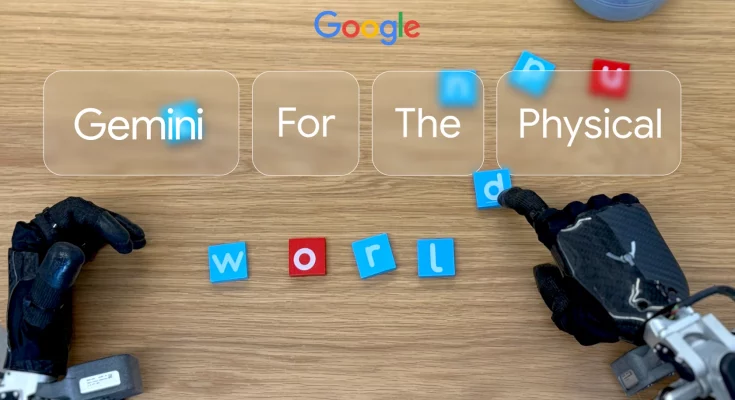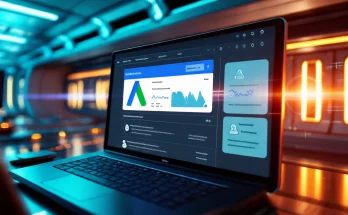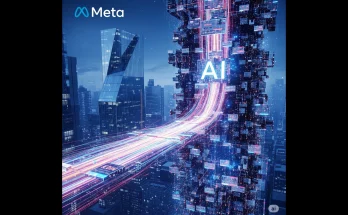Artificial intelligence is revolutionizing every aspect of technology, and Google’s latest advancements with its Gemini 2.0 AI are pushing the boundaries even further by integrating AI capabilities into robots. Google’s initiative, led by its DeepMind AI team, aims to enhance the functionality of robots through advanced AI models, setting the stage for a future where robotics and AI coexist seamlessly.
Understanding Google Gemini
Before diving into the specifics of how Gemini AI integrates with robotics, it’s essential to understand what Google Gemini encompasses. Gemini is designed to function as an AI Mode that enhances user experience through interaction and task execution. But that’s just scratching the surface.
- Circle to Search: A new feature that allows users to initiate searches using visual cues.
- Gemini Calendar: Seamless integration of AI capabilities for smarter schedule management.
- Multimodal Understanding: The ability to interpret and react to multiple forms of input, such as text, voice, and images.
Gemini in Robotics: A New Frontier
This ambitious project includes two remarkable models: Gemini Robotics and Gemini Robots-ER. These models are engineered to give robots the ability to perform tasks that are not just automated but require a level of understanding and adaptability.
Gemini Robotics
The first model, Gemini Robotics, is a vision-language-action (VLA) large language model (LLM), which fundamentally alters how robots interact with the physical world. According to Carolina Parada, the senior director of robotics at DeepMind, this model emphasizes:
- Physical Motion: Robots can now respond to prompts using physical actions, changing the way we think about AI-driven labor.
- Generality: The model excels across various tasks, making it less specialized and more versatile.
- Interactivity: Robots can engage in real-time interactions, adapting to user inputs seamlessly.
- Dexterity: Improved fine motor skills enable handling delicate tasks.
Parada stated, “This enables us to build robots that are more capable, responsive, and robust to changes in their environment,” indicating the profound impact these robotics advancements could have on various industries.
Gemini Robots-ER
The second model, Gemini Robots-ER, specializes in advanced spatial understanding. It allows robots to navigate complex environments autonomously while adapting to varying conditions, which provides them an edge in dynamic scenarios.
- Shape Recognition: The model enhances the robot’s ability to discern between different shapes and items, making it ideal for tasks like packing and sorting.
- Environment Adaptation: Robots utilizing Gemini Robots-ER can modify their actions based on real-time observations, increasing their effectiveness.
Strategic Partnerships and Industry Implications
To bring these innovative models to life, Google has partnered with various robotics companies, including Apptronik, based in Austin. They are focused on constructing the next generation of humanoid robots, hinting at a future where robotics becomes more commonplace in our daily lives.
Enhanced testing with renowned robotics firms such as Boston Dynamics and Agility Robotics is already underway, further validating the immediate potential of Gemini AI within the robotics industry.
The Future of Robotics with AI
The capabilities provided by Gemini AI mark a significant leap towards what some experts are calling a new wave of robotic evolution. As we advance, we enter a phase where robotics and AI converge, resulting in machines that can perform intricate tasks alongside humans. This evolutionary step can largely be attributed to:
- AI-driven personal assistants: These robots could manage household chores or assist in healthcare settings.
- Enhanced customer service: Humanoid robots equipped with Gemini can engage with customers in retail environments.
- Industrial automation: Increased capabilities in warehouses and factories, optimizing efficiency.
Conclusion
The advent of Google’s Gemini 2.0 AI in robotics opens new pathways for both technology and human interaction. As AI continues to evolve, the integration of these systems into robots signifies a future graced with greater efficiency and intelligence in automated tasks. The robotics industry stands ready for its own “iPhone moment,” where these advancements could fundamentally change our everyday lives.



